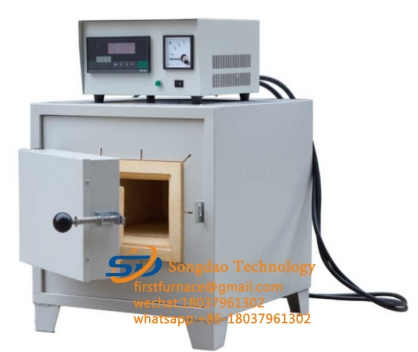- 07
- Jan
How to make the muffle furnace last longer
How to make the muffle furnace last longer
muffle furnace is a universal heating equipment, according to the appearance and shape can be divided into box furnace muffle furnace, tube muffle furnace. How to make it last longer?

1. Regularly check whether the hot wires of each part of the muffle furnace are loose, whether the contacts of the AC contactor are in good condition, and if any failures occur, they should be repaired in time.
2. The instrument should be placed in a dry, ventilated, non-corrosive gas place, the working environment temperature is 10-50 ℃, the relative temperature is not more than 85%.
3. For silicon carbide rod type furnace, if the silicon carbide rod is found to be damaged, it should be replaced with a new silicon carbide rod with the same specification and similar resistance value. When replacing the muffle furnace, first remove the protective cover and silicon carbide rod chuck at both ends of the muffle furnace, and then take out the damaged silicon carbide rod. Since the silicon carbide rod is fragile, be careful when installing. The head must be fastened to make good contact with the silicon carbide rod. If the chuck is severely oxidized, it should be replaced with a new one. The gaps between the mounting holes at both ends of the silicon carbide rods should be blocked with asbestos ropes.
The muffle furnace temperature shall not exceed the working temperature of 1400℃. The silicon carbide rod is allowed to work continuously for 4 hours at the highest temperature.
In addition, the silicon carbide heating element is a non-metallic heating element made of silicon carbide as the main raw material. It has the characteristics of small expansion coefficient, non-deformation, strong chemical stability, long service life, and convenient installation and maintenance. Surface load of silicon carbide rod = rated power / surface area of heating part (W/cm2)
The surface load of the silicon carbide rod of the high-temperature muffle furnace has a great relationship with the length of its service life. Therefore, it must be strictly controlled within the allowable load range when energized and heated, and avoid overloading.
